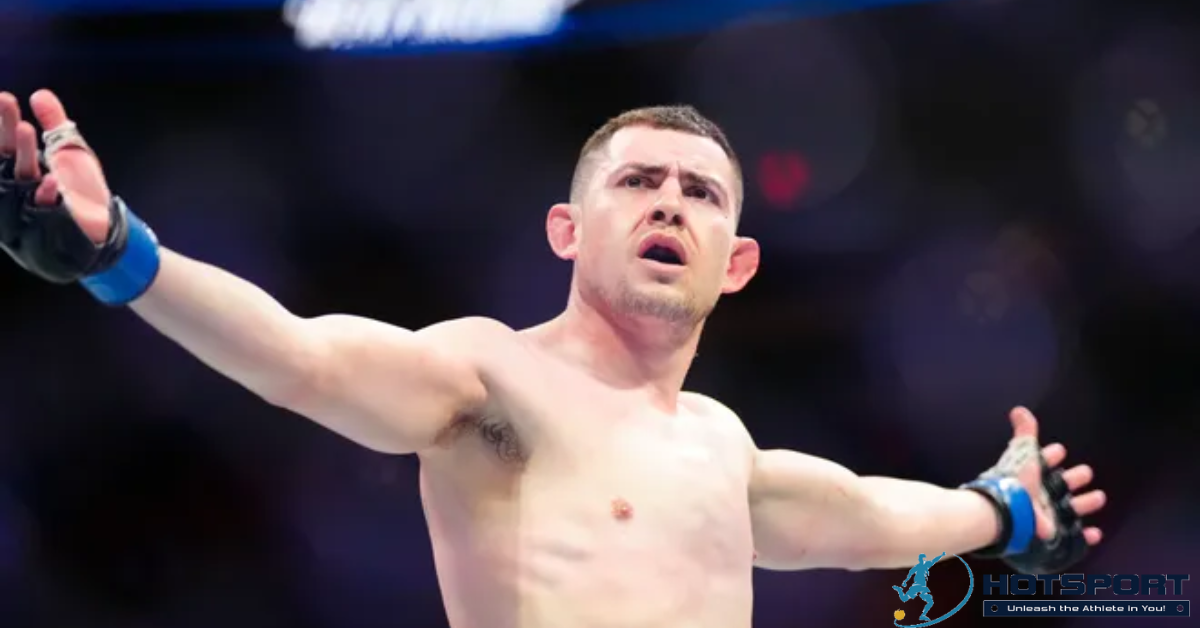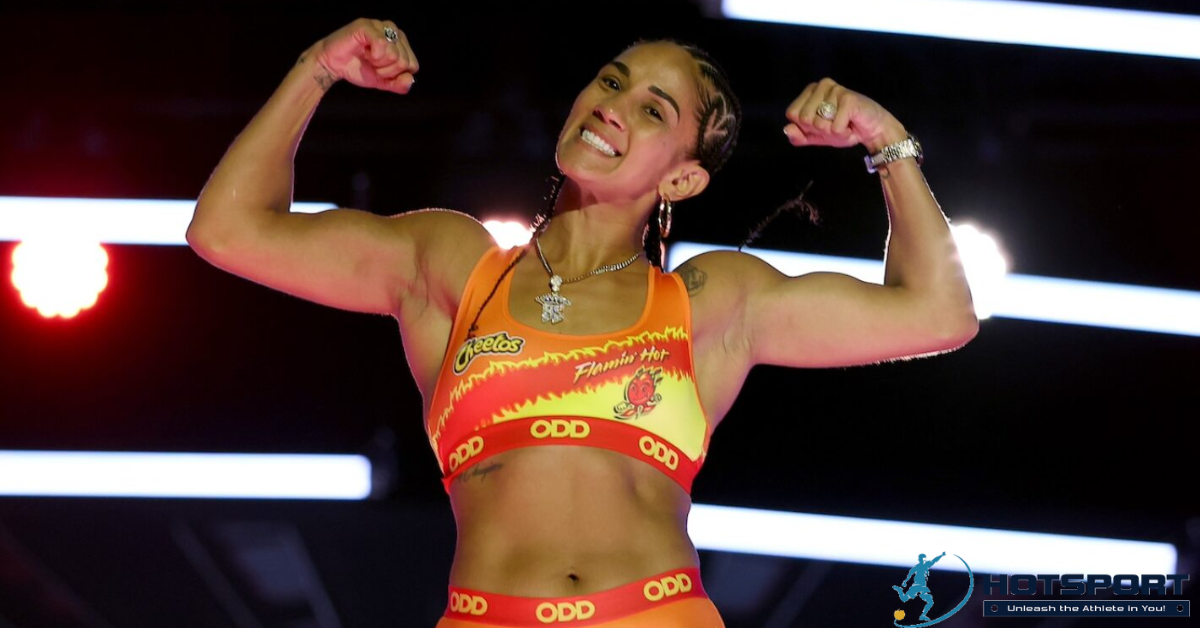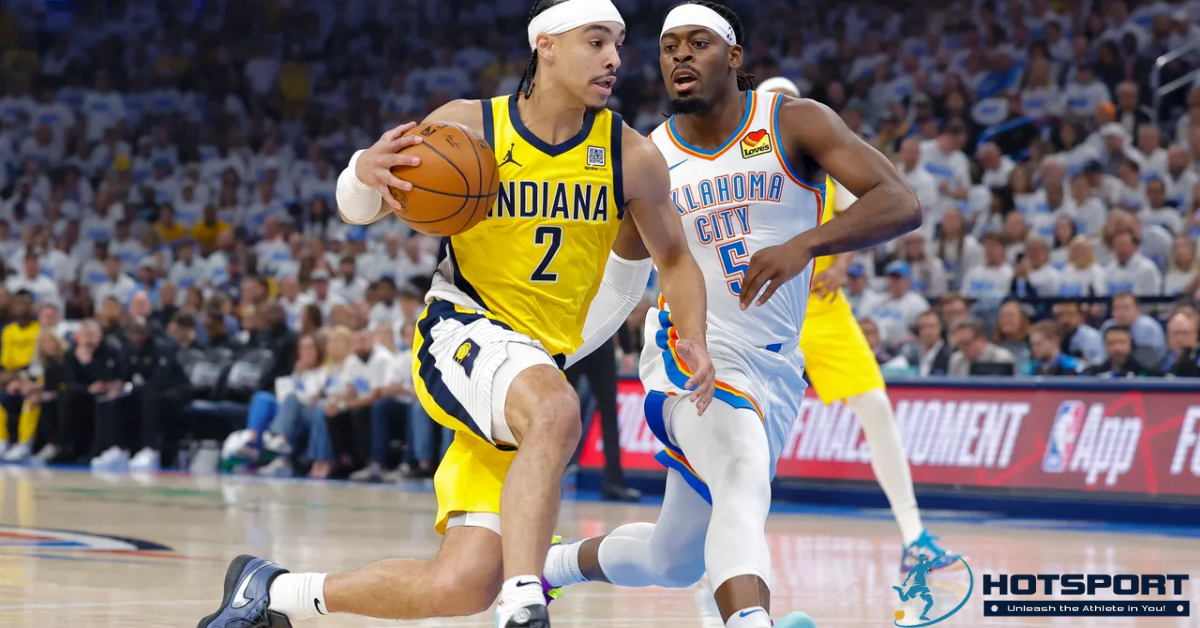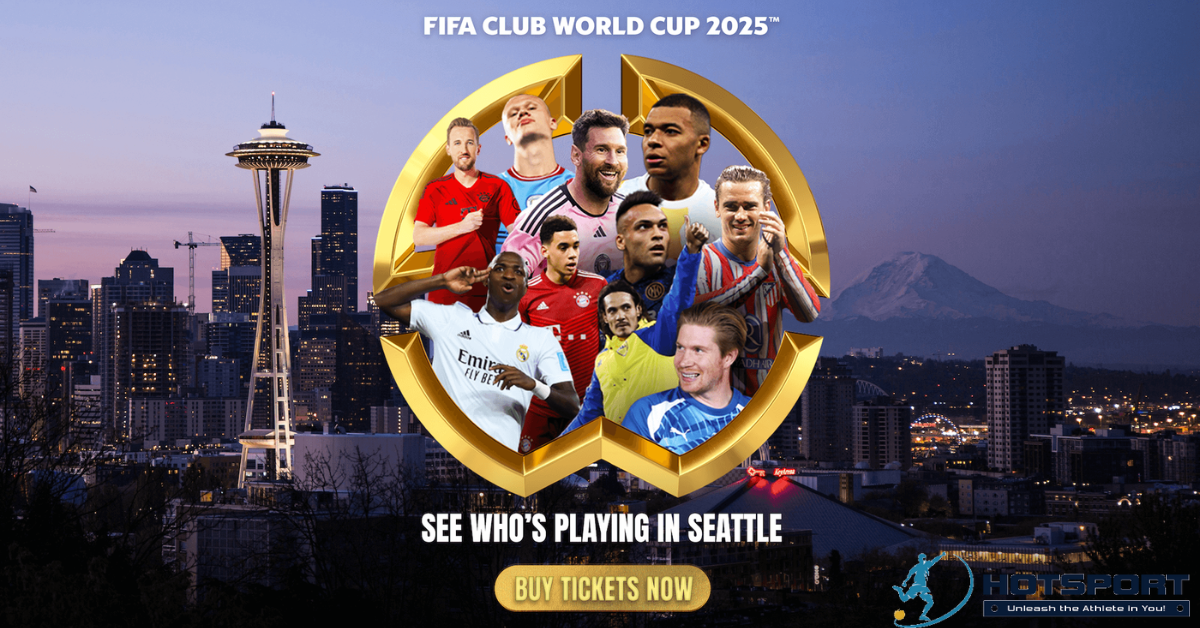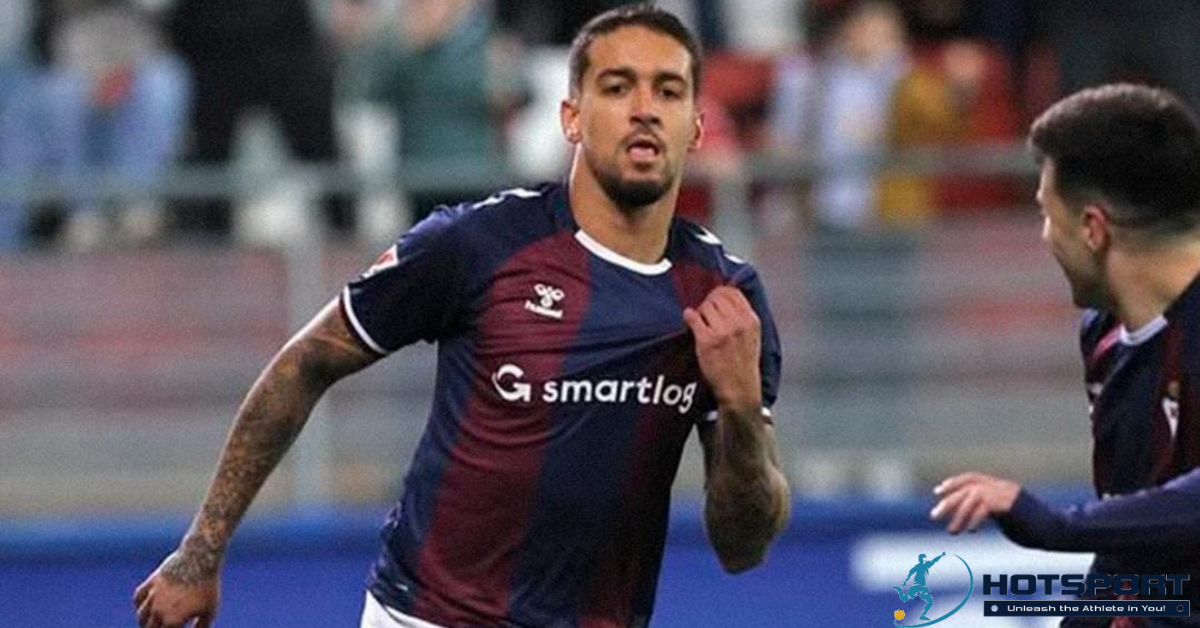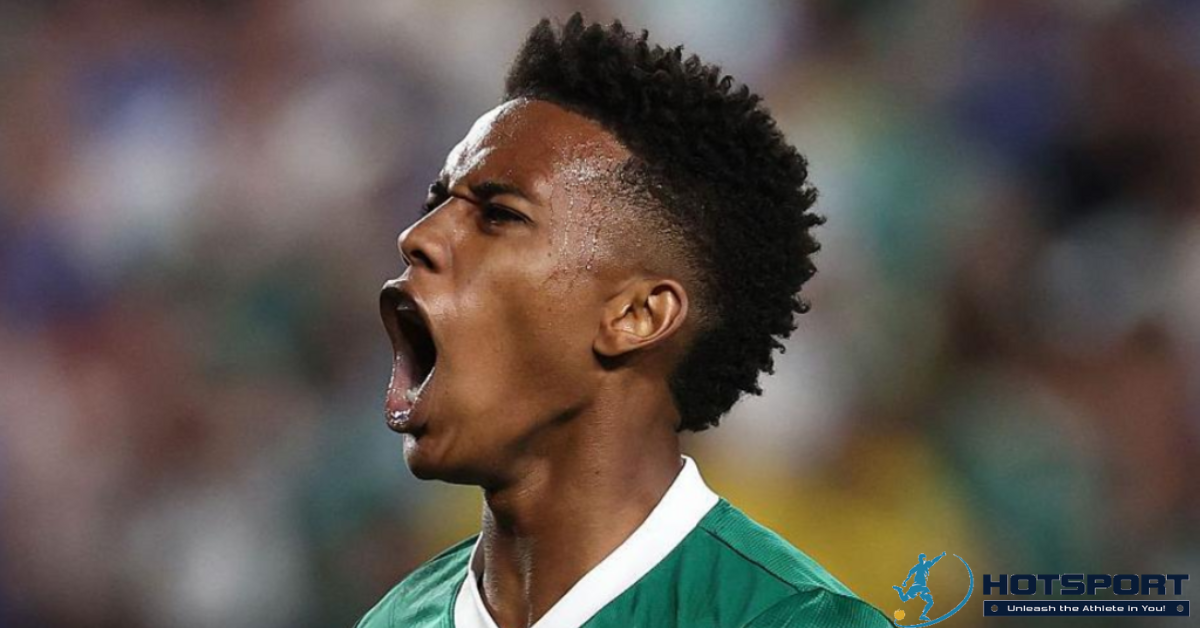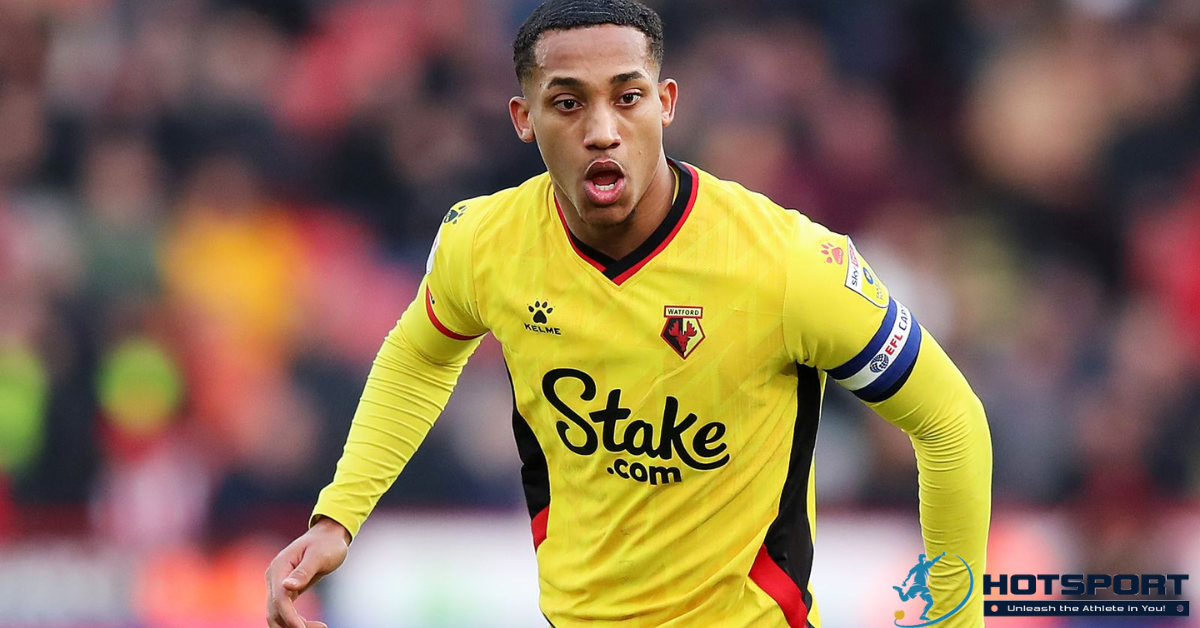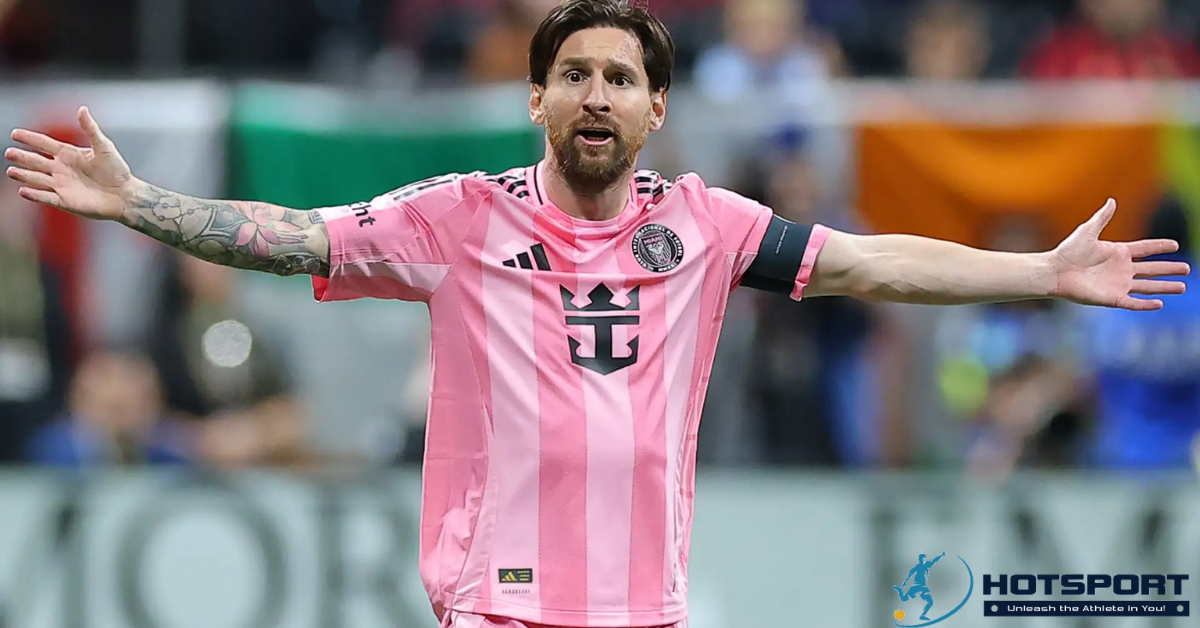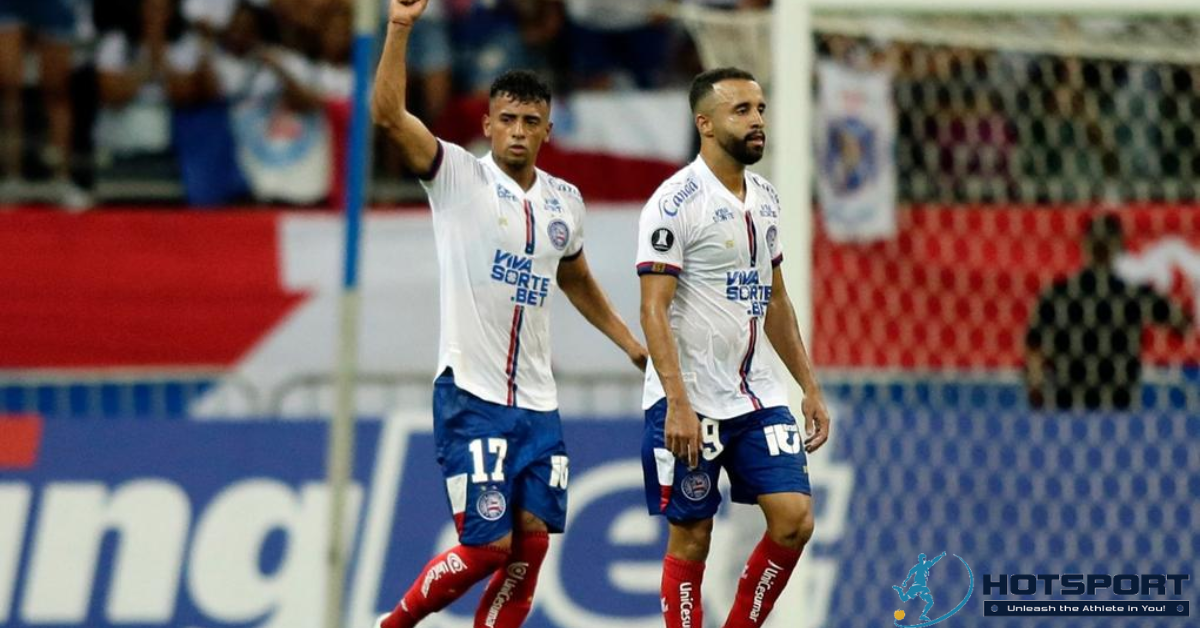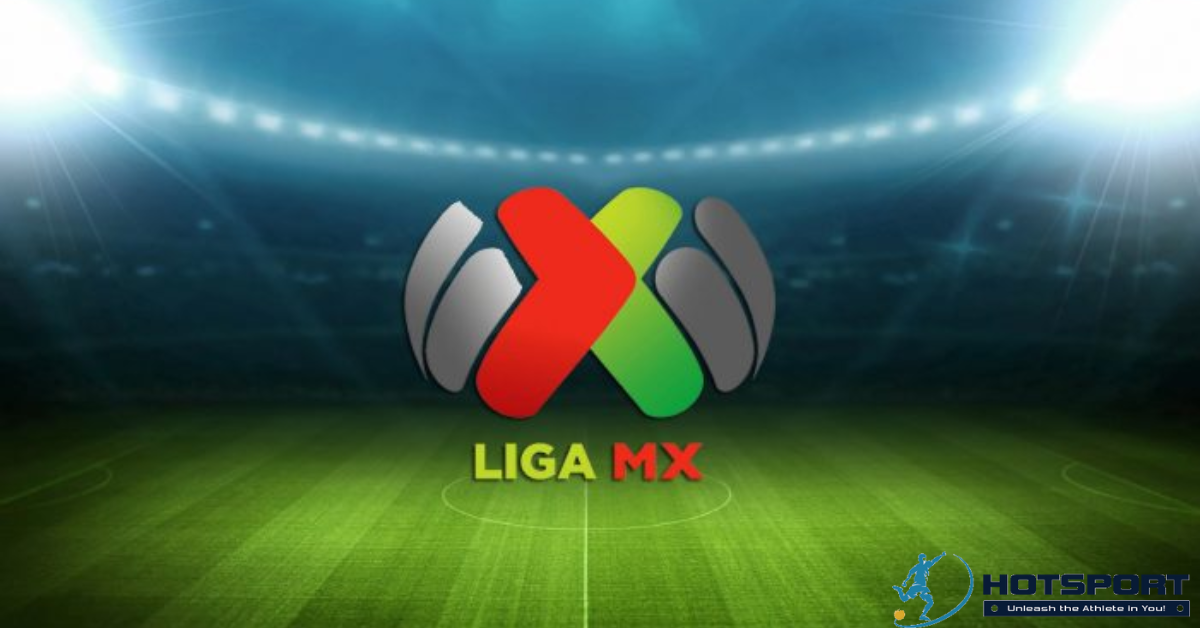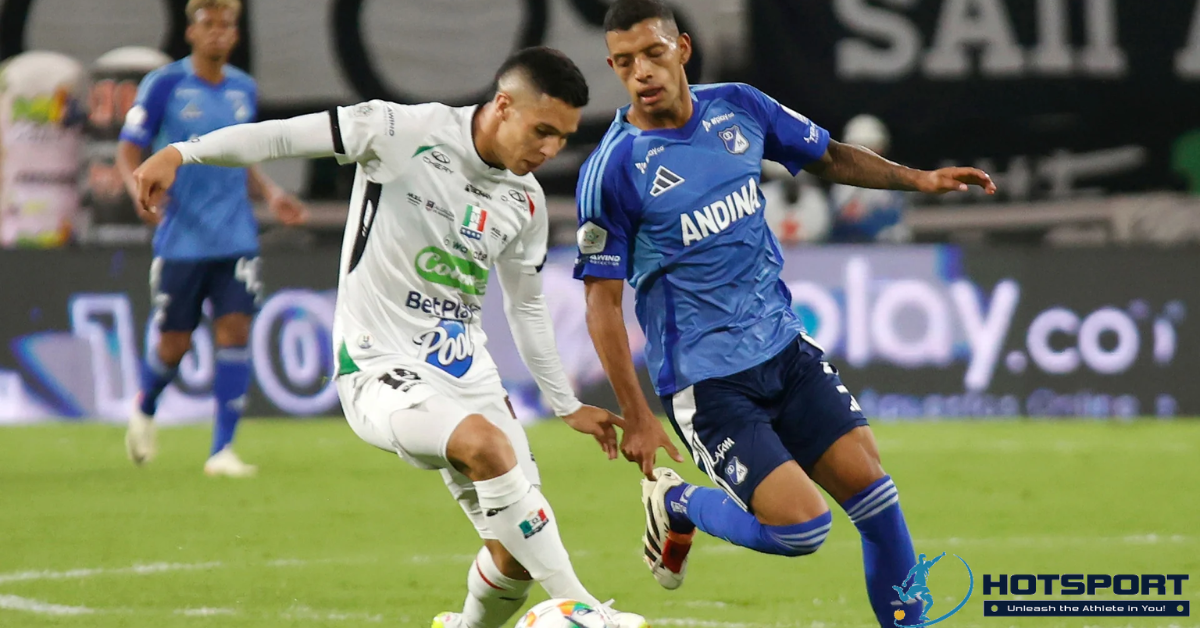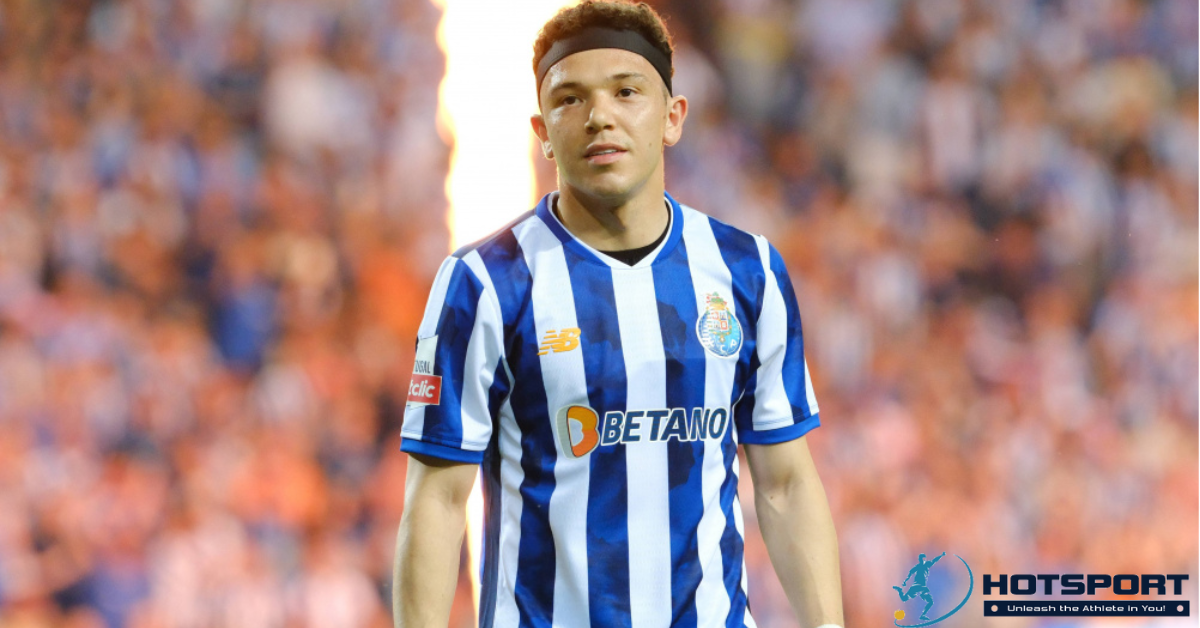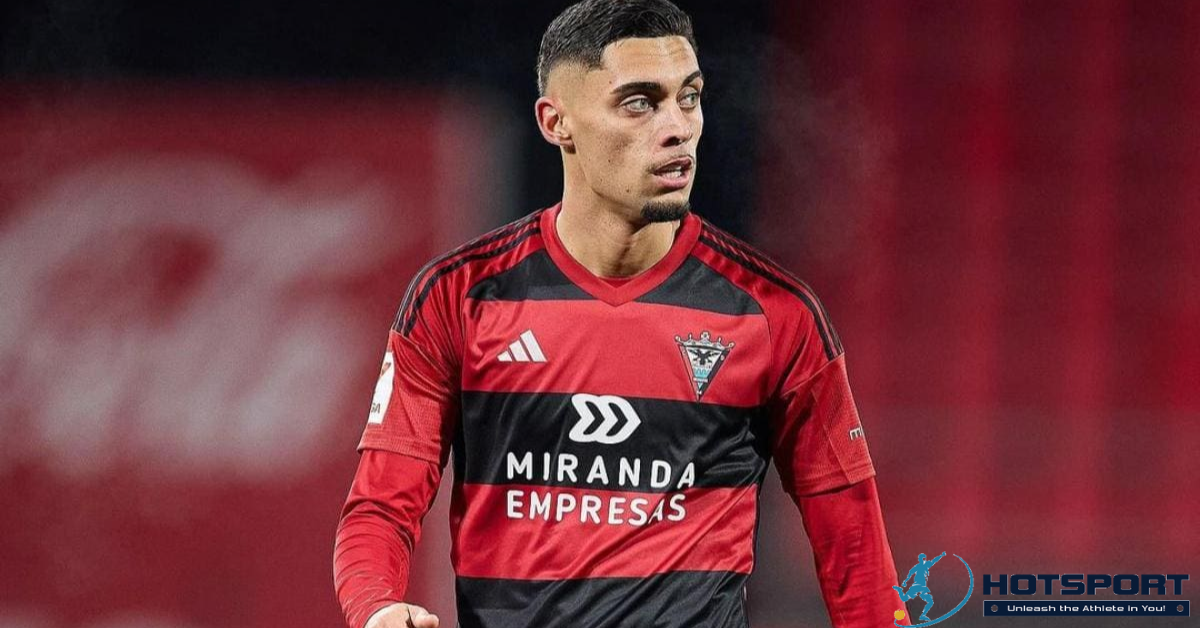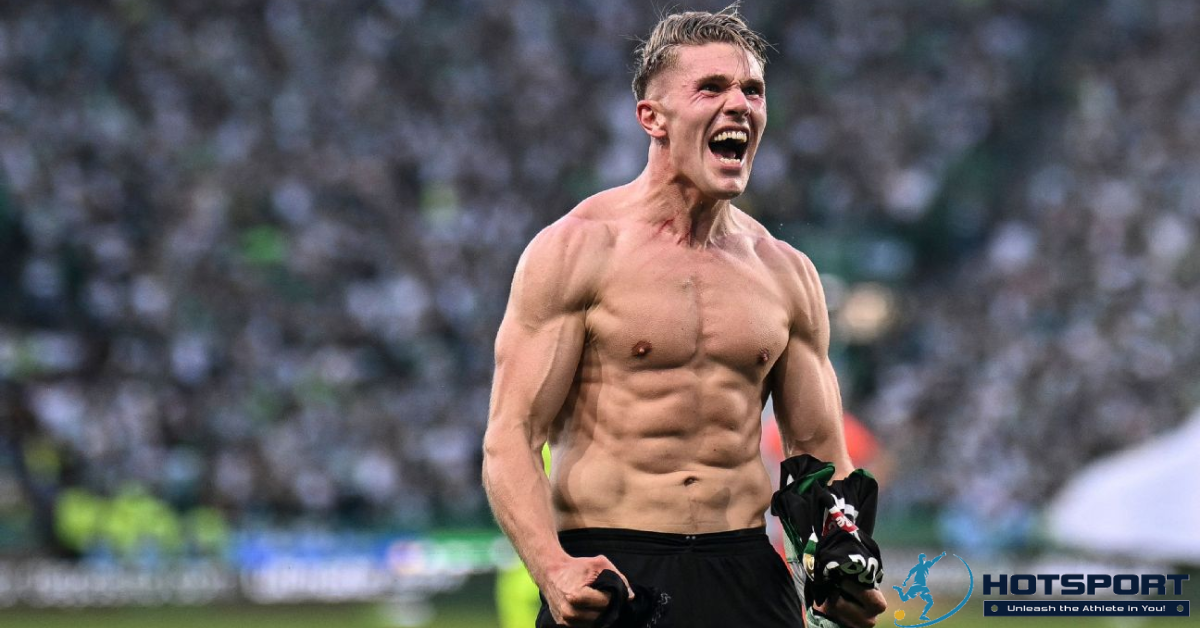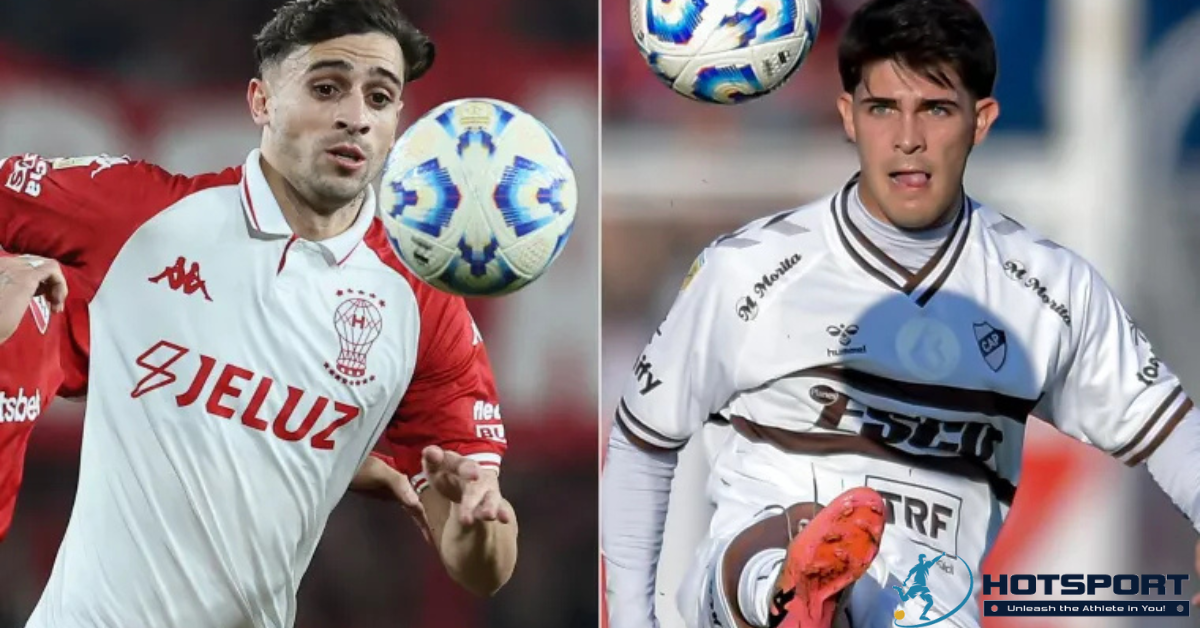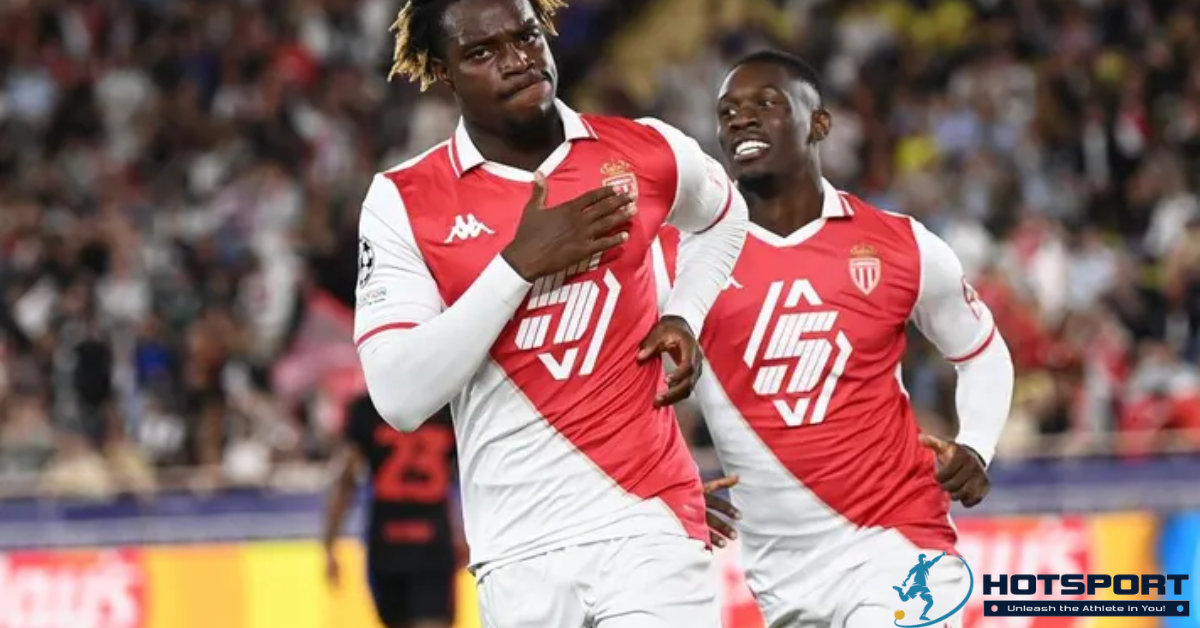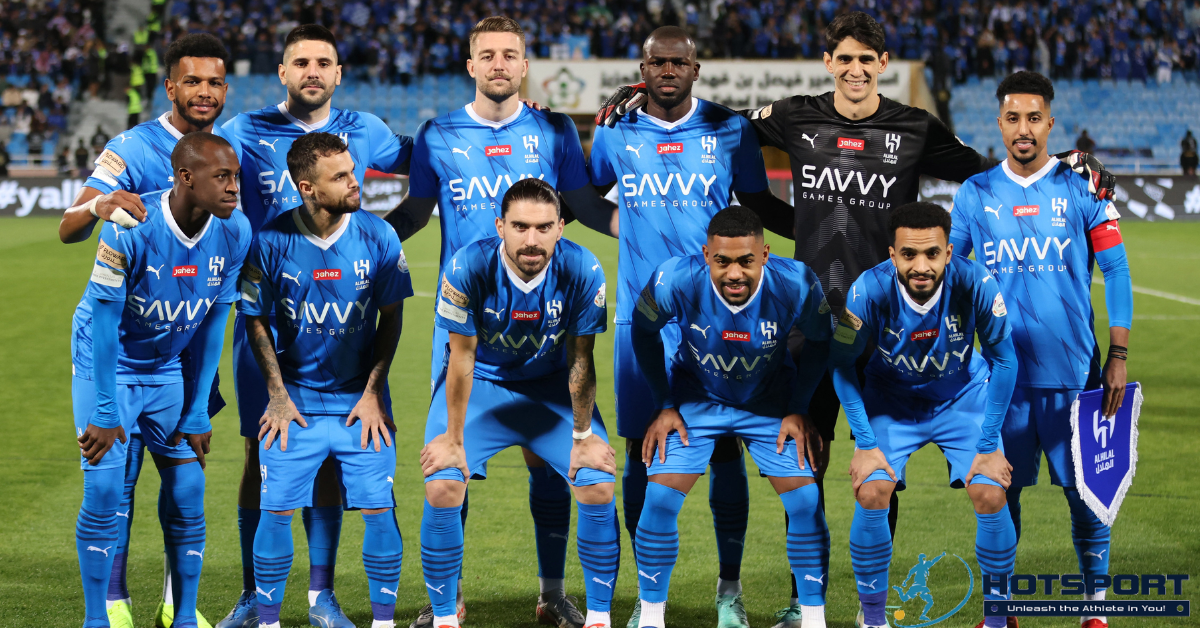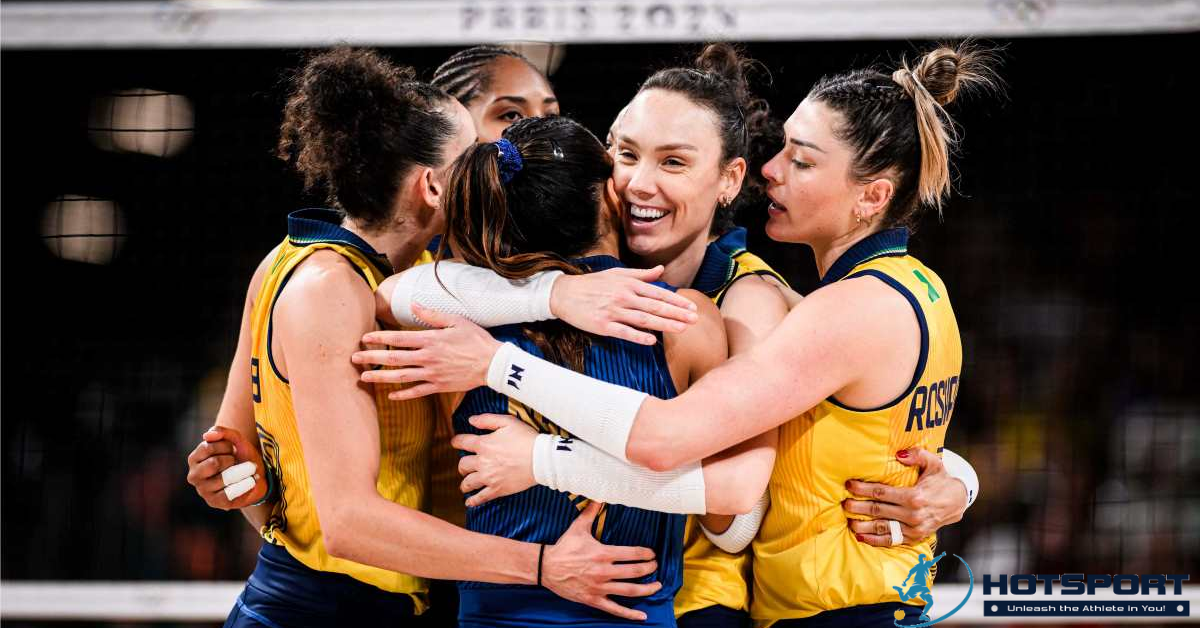Steve Garcia: The Journey of an American MMA Fighter
Steve Garcia, known as “Mean Machine,” is a professional American mixed martial arts (MMA) fighter competing in the featherweight division of the Ultimate Fighting Championship (UFC). Born on May 22, 1992, in Albuquerque, New Mexico, Garcia has built a career defined by determination, skill, and passion for the sport. This article explores Steve Garcia’s life, from his early steps in martial arts to his achievements in the octagon, highlighting his rise as one of the promising names in MMA.
Early Life and First Steps in MMA
Childhood and Early Influences
Steve Garcia, whose full name is Estevan Garcia Jr., grew up in Albuquerque, a city renowned for its vibrant martial arts scene, home to prestigious gyms like Jackson-Wink MMA. From a young age, Garcia was inspired by friends who trained in martial arts, leading him to explore the sport at 15. His curiosity began at a satellite gym of Greg Jackson, one of MMA’s most respected coaches. This initial experience sparked a passion that would shape his future.
Early Training and Dedication
At 15, Steve began training in jiu-jitsu and kickboxing at Luttrell’s MMA, a local gym that provided an ideal environment to develop his skills. His early dedication to Brazilian jiu-jitsu and kickboxing laid the foundation for his versatile MMA approach, blending grappling and striking. Later, he joined the prestigious Jackson-Wink MMA, training alongside some of the world’s top fighters, including Jon Jones and Holly Holm. This competitive environment helped him refine his techniques and develop a professional mindset.
Professional Career: First Steps
Debut in Bellator
Steve Garcia’s professional career began in Bellator, one of the world’s largest MMA organizations. He was scheduled to debut against Shawn Bunch at Bellator 97 on July 31, 2013. However, an injury forced him to withdraw, and he was replaced by Russell Wilson. The opportunity was rescheduled for Bellator 105 on October 25, 2013, where Garcia seized the moment, defeating Bunch via technical knockout (TKO) in the third round. This victory marked his professional debut with an impressive statement.
Continued Success in Bellator
Following his win over Bunch, Garcia signed a new contract with Bellator and faced Cody Walker at Bellator 121 on June 6, 2014. Showcasing his knockout power, he won the fight in just 39 seconds of the first round, solidifying his reputation as a dangerous fighter. These early Bellator victories demonstrated Garcia’s potential to compete at a high level, combining aggression and precision in his performances.
Transition to the UFC
Challenges in Contender Series
Before reaching the UFC, Steve Garcia competed in Dana White’s Contender Series, a platform where fighters aim to impress UFC President Dana White and earn a contract. Garcia faced challenges on this path but remained determined. He also fought in the Legacy Fighting Alliance (LFA), a promotion known as a stepping stone to the UFC, where he gained valuable experience.
UFC Debut and Early Fights
Steve Garcia made his UFC debut in 2020, initially competing in the lightweight division before settling into featherweight. His first UFC fight was against Luis Peña at UFC Fight Night 169 on February 29, 2020. Although he faced challenges in his early UFC bouts, Garcia showed resilience, adapting his style and learning from each fight to evolve as a competitor. His ability to absorb lessons from setbacks helped him adjust to the UFC’s competitive level.
Rise in the Featherweight Division
In the featherweight division, Garcia found his stride. With a professional record of 17 wins and 5 losses (as of February 2025), he is ranked 18th in the UFC featherweight division, according to Tapology. His blend of knockout power, solid grappling, and determination has made him a feared opponent. Notable fights include knockout victories that showcased his ability to end fights explosively.
Fighting Style and Techniques
Versatility in the Octagon
Steve Garcia is known for his versatility. Trained at Jackson-Wink MMA, he combines Brazilian jiu-jitsu, kickboxing, and wrestling, allowing him to adapt to various opponents. His striking is characterized by powerful punches, often aiming for knockouts, while his ground game relies on jiu-jitsu techniques to control opponents or seek submissions.
“Mean Machine” Mentality
The nickname “Mean Machine” reflects Garcia’s intensity in the octagon. He approaches each fight with an aggressive yet calculated mindset, aiming to dominate from the start. This approach, combined with his physical and mental toughness, makes him a fighter who rarely backs down, even in challenging situations.
Achievements and Recognition
Memorable Victories
Among Steve Garcia’s accomplishments, his Bellator and UFC victories stand out as defining moments. His ability to finish fights quickly, such as the 39-second knockout of Cody Walker, highlights his potential to become a star. His consistency in the UFC, facing top-tier opponents, has solidified his status as a respected competitor.
Impact on the MMA Community
Garcia also inspires young fighters, particularly in Albuquerque, where Jackson-Wink MMA is a hub for developing talent. His journey from training at 15, inspired by friends, to competing in the UFC shows that dedication and hard work can lead to success despite early challenges.
Personal Life and Motivations
Roots in Albuquerque
Growing up in Albuquerque shaped Steve Garcia’s identity. The city, known for its vibrant culture and passion for combat sports, provided an environment where MMA was more than a sport—it was a way of life. The influence of legendary coaches like Greg Jackson and Mike Winkeljohn was crucial to Morin to his development as an athlete and person.
Personal Challenges
While Garcia’s career is marked by successes, he has faced challenges like injuries and losses that tested his resilience. His ability to overcome these obstacles reflects his mental strength, a critical attribute for any MMA fighter. Garcia openly discusses the importance of focus and discipline, values he learned early in life.
The Future of Steve Garcia in MMA
UFC Goals
At 33, Steve Garcia is at the peak of his career. His goal is to climb the featherweight rankings, taking on the division’s top fighters. With his experience, skill, and determination, he has the potential to reach the top 10 and perhaps contend for the title in the future.
Building a Legacy
Steve Garcia’s legacy is still in the making. Each fight is an opportunity to showcase his abilities to the world. His journey from local gym training to the UFC spotlight inspires aspiring fighters and fans alike.
Conclusion
Steve Garcia, the “Mean Machine,” is more than an MMA fighter; he is a symbol of perseverance and passion. His journey, marked by impressive victories, overcome challenges, and unwavering commitment to the sport, makes him a notable figure in mixed martial arts. As he continues to compete in the UFC, fans eagerly await to see how far his determination will take him. Garcia is proof that with hard work and dedication, dreams can become reality.

